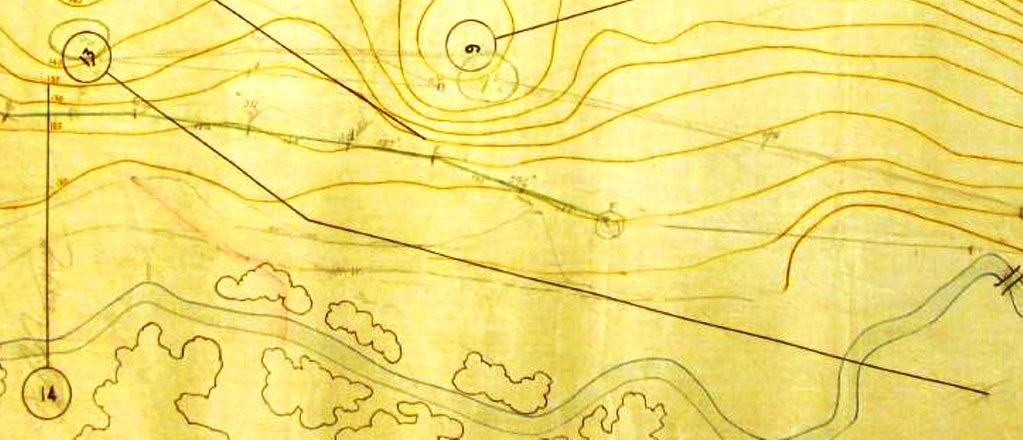It’s probably not well known here over a decade later that our efforts to restore Cobb’s Creek Golf Course in Philadelphia started with us just trying to find evidence that 1) Hugh Wilson was actually involved with the design and 2) information that showed the original course routing as local lore said that the course was considerably changed over time with several different versions on the particulars.
As regards the latter, back in September 2007 I sent an email to the Hagley Museum in Delaware, aware that their “Dallin Aerial Collection” featured many early aerial photos of courses in and around Philadelphia, asking if they had anything on Cobb’s Creek. I did not get an immediate reply and about six weeks passed before one day I received a response with 8 aerial images attached. After excitedly scanning the images, I started the following thread on GolfClubAtlas that turned into a wonderfully collaborative endeavor that really launched the project.
http://www.golfclubatlas.com/forum/index.php/topic,31872.0.html What we eventually learned was that in 1953 about 15% of the original golf course was leased to the United States Army for an Air Defense Base (presumably to shoot down the Soviet plane dropping the Big One on Philadelphia), where it remained for 5 years. In 1958 the Army moved out but apparently at the time the original routing was unrecoverable likely due to five years of growth along the former avenues of play.
Although the following articles indicate a belief that the course wouldn’t need much reconfiguration to accommodate the Army, in total six of the very best holes were rerouted in a much more constricted way, as the loss of land negatively affected the overall width of the property. Once we learned how the course was originally routed, we were essentially blown away by the boldness and ingenuity, and since all of the land in question was still there (the Army Base had become a public driving range), along with all of the greensites, some of us began to wonder aloud what would be required to restore the genius of the original routing.



Over the years we’ve been able to collect a number of contemporaneous artifacts that we’ve turned into a two-inch thick book telling the stories we learned through mostly Joe Bausch’s incredible research efforts, and we were also able to get a copy of the original routing map (on a topo) from 1915.
We also had in our possession another map, undated, but signed by Alan Corson who was Chief Engineer of the Park. On this map was drawn in pencil a “new” 17th hole that was created around 1927 that replaced the original 14th at the time for a number of reasons including the enforcement of “Blue Laws” in neighboring Delaware County. Irrespective of the reasons, we concluded that this was a change for the better as today’s 17th is simply an awesome hole.
Until this past weekend, I simply assumed that this map was used for the purpose of locating the 17th but there were other vague markings that until I magnified the view on my computer I never was able to determine exactly. What I then realized is we had the map used in the 1950s to figure out the re-routing once the Army took over the original 13th hole! Our research indicates that this work would have been done by Garrett Renn (Superintendent of the Philadelphia public courses who designed several courses in the area), likely with George Fazio who represented the courses as the professional.
It’s an interesting document considering the process architects use when such circumstances arise as loss of course property. I’ll comment further if this thread progresses as time permits, but right now I just would like to get these images posted for the curious.
Here’s a portion of the map in question showing the original routing;. As mentioned, until this weekend I really didn’t see the forest for the trees.

The first five holes remained the same as originally routed, but the first change took place on the 6th hole, with a short par three tee shot over the creek to the original 12h green. We remain perplexed as to why this map shows the 5th green where it does which seems in error as it has always been loved further to the right along the creek, but no matter. This one is the toughest to see with a very faint pencil line drawn as described above.

The next snippet shows the new 7th hole, which was routed from the front 13th tee to the original 9th green.

Following is the new 8th hole, from the original 10th tee to the original 13th green. It also appears that an effort is made to indicate the new boundary line, perhaps in the form of a fence, which extends along from the left of the photo and runs just below the original 13th green.

More to follow…